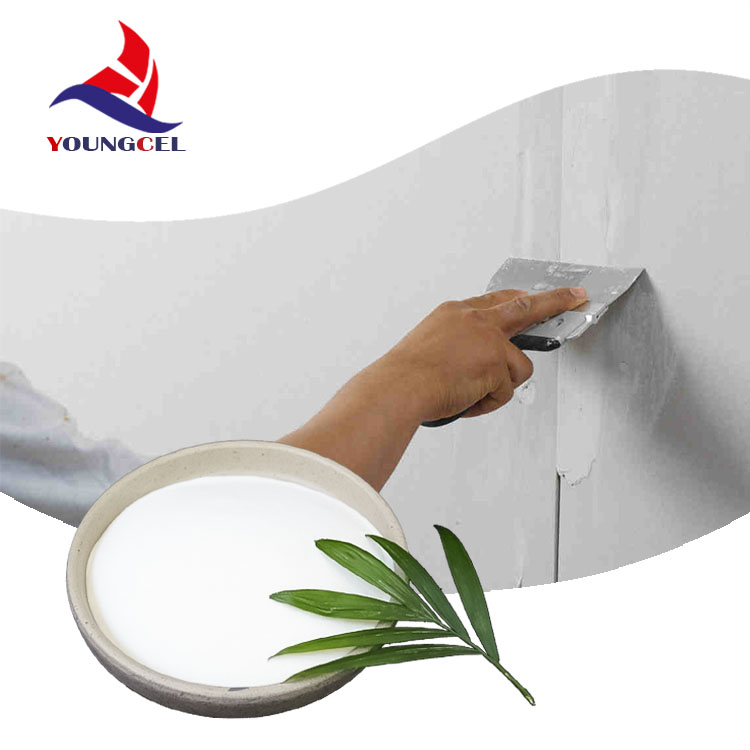The Role of Additives for Putty Enhancing Performance and Versatility
Putty, traditionally known as a malleable substance used in various construction and repair applications, has witnessed significant advancements due to the incorporation of additives. These additives play a crucial role in enhancing the physical and chemical properties of putty, making it more effective for a wide range of uses. In this article, we will explore the different types of additives for putty, their functions, and the benefits they provide.
Understanding Putty and Its Applications
Putty is primarily used for sealing, filling, and repairing surfaces, particularly in woodworking and masonry. It can be utilized in various forms such as window putty, wood putty, and wall putty, each serving specific purposes within the construction and DIY sectors. However, standard putty can often be limited in its performance characteristics, such as adhesion, drying time, flexibility, and overall durability. This is where additives come into play.
Types of Additives for Putty
1. Polymeric Additives These are synthetic compounds that enhance the flexibility and durability of putty. By modifying the polymer structure, manufacturers can create putty that is less prone to cracking and has improved adhesion to different substrates. This is particularly beneficial for outdoor applications where weather conditions can affect the putty's performance.
2. Fillers Fillers are materials added to putty to improve its volume, texture, and strength. Common fillers include talc, calcium carbonate, and silica. The choice of filler can affect the weight, viscosity, and sanding characteristics of the putty, allowing for a smoother finish and better performance when applied to surfaces.
3. Binders Binders help to hold the components of putty together, improving its cohesive properties. Additives such as resins and gums enhance the putty's ability to adhere to surfaces, preventing separation or peeling over time. This is particularly important in applications where the putty will be exposed to moisture or other environmental factors.
4. Plasticizers These additives are used to increase the workability of putty, making it easier to apply and shape. Plasticizers can improve the flexibility of dried putty, allowing for some movement without cracking. This is advantageous in situations where the putty will be subjected to stress or temperature changes.
additive for putty

5. Accelerators In some cases, it is beneficial to speed up the curing process of putty. Accelerators are additives that can reduce drying time, allowing for quicker application and finishing. This is especially useful in commercial applications where time efficiency is critical.
The Benefits of Using Additives in Putty
The incorporation of additives in putty offers numerous benefits
- Enhanced Performance Additives improve adhesive properties, making putty more effective in bonding to various surfaces, including metal, wood, and masonry.
- Increased Durability With the right additives, putty can withstand environmental changes, reducing the likelihood of cracking or deterioration over time.
- Versatility Different combinations of additives allow manufacturers to tailor putty formulations for specific applications, resulting in more versatile products that can meet diverse needs.
- Improved Finish Additives contribute to a smoother application and finishing process, resulting in higher-quality results with fewer visible imperfections.
In conclusion, the use of additives for putty is essential in today's construction and repair industries. By enhancing performance characteristics and expanding the range of applications, these additives enable putty to meet the evolving demands of both professionals and DIY enthusiasts. As innovation continues in this field, we can expect even more advancements in putty technology, ensuring that it remains a reliable solution for sealing, filling, and repairing tasks.
-
HPMC Powder Wall PuttyNewsSep.01,2025
-
High Quality HPMC for ConstructionNewsSep.01,2025
-
Enhance Your Formulations with MHEC PowderNewsSep.01,2025
-
Premium Detergent Grade HPMC Hydroxypropyl Methylcellulose ThickenerNewsSep.01,2025
-
Premium Detergent Grade HPMC Hydroxypropyl Methylcellulose: Superior Thickening & StabilityNewsAug.31,2025
-
HEC 100000 Hydroxyethylcellulose for Paint | Superior ThickeningNewsAug.30,2025




